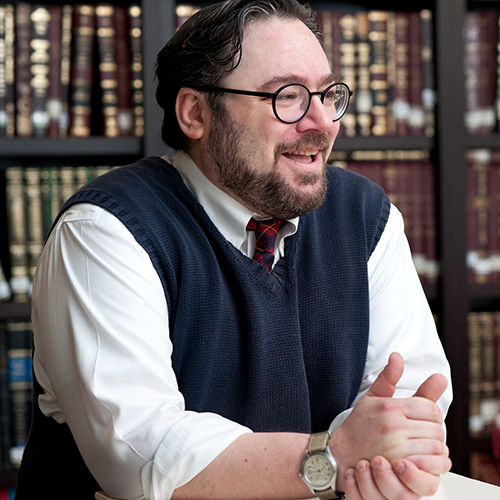The Evolution of Torah: A History of Rabbinic Literature

An introduction to the first 1000 years of rabbinic literature in five episodes with Rabbi Mordecai Schwartz.
Credits:
Produced by Rabbi Tim Bernard
Cover art: Rabbi Tim Bernard
Theme music: Stock media provided by u19_studios / Pond5
Episodes
1. Who Were the Rabbis?
What led to the emergence of the group of scholars and teachers we call the Rabbis? What motivated them and what did they value? The Rabbis looked to their forebear, Hillel, as an exemplar of religious leadership, and in this episode, we’ll look at three stories they told about Hillel to see what we can learn about the Rabbis’ self-conception. (transcript)
Listen to “1. Who Were the Rabbis?” on Spreaker.
2. The Mishnah: the earliest voices
The Mishnah is the foundational rabbinic text. How did it come to be? Who authored it? And what’s in it? In this episode, we look at an example of a mishnah and Rabbi Schwartz also gives an overview of the role of women in and around the Mishnah. (transcript)
Listen to “2. The Mishnah: the earliest voices” on Spreaker.
3. The Talmud(s): Creating Torah through dispute
Interpreting the Mishnah evolved into a creative process where pairs of Rabbis would argue with each other. In this episode, we discuss how these debates about interpretation developed into a primary component of the Babylonian Talmud and the Jerusalem Talmud. (transcript)
Listen to “3. The Talmud(s): Creating Torah through dispute” on Spreaker.
4. Midrash: Making meaning
The Rabbis were not only interested in compiling and interpreting the Mishnah. In this episode, we look at some examples of Midrash, rabbinic interpretation of the Bible to derive both legal and narrative insights. We also hear how study of Midrash experienced a renaissance in the hands of modern scholars and ask if genuine Midrash can be found after the rabbinic period. (transcript)
Listen to “4. Midrash: Making meaning” on Spreaker.
5. The Talmud after the Talmud
How did the Babylonian Talmud become a fixed, closed book, the most influential one in the Jewish world? In this episode, we discuss the final layers of interpretation and editing that made it into the Talmud. We’ll also see how the influence of the Geonim, the heads of the Babylonian academies, together with immigration, spread the authority of the Babylonian Talmud to even far-flung Jewish communities. Lastly, we reflect on how the process of interpreting the Talmud continues through the medieval period and into our own day. (transcript)



